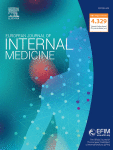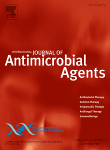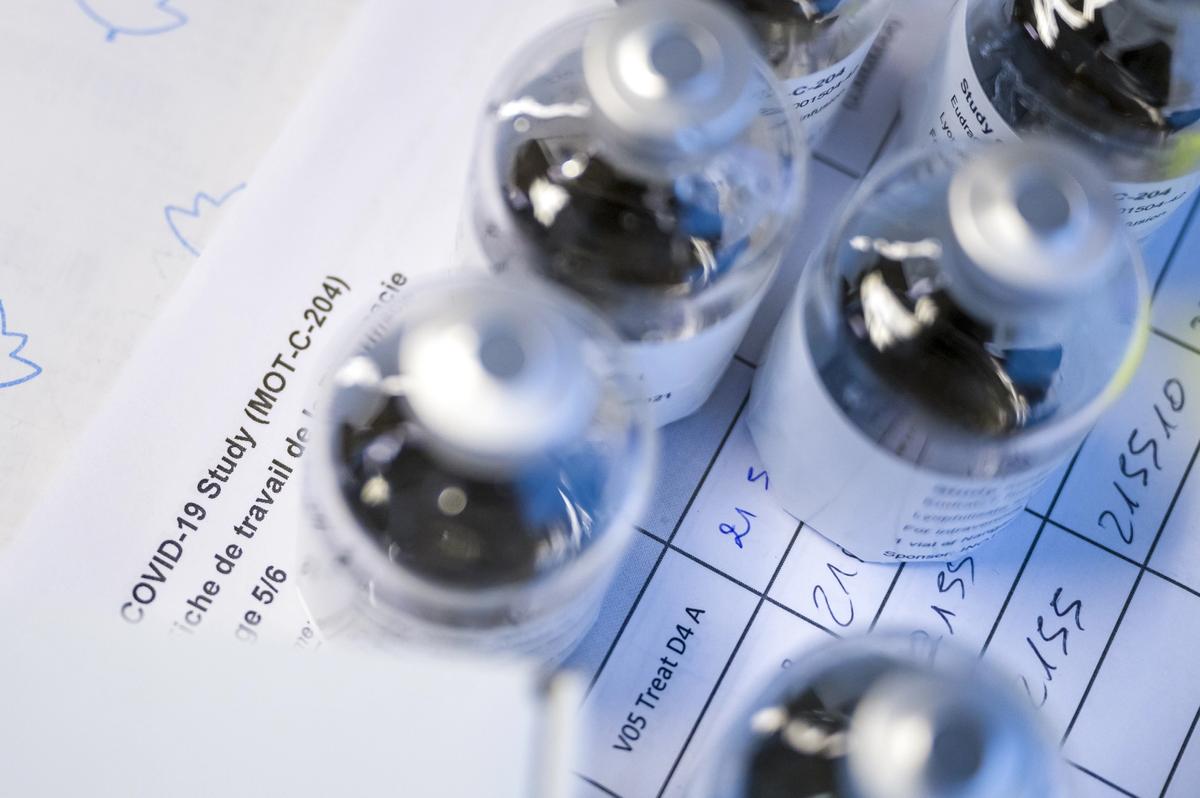Fascinating study by a host of universities and institutions in Massachusetts, looking at the early days of the pandemic in late February/early March and the use of viral phylogeny to trace a host of the early infections, especially via a few superspreader events, including one at the Biogen Worldwide Conference, one at at skilled nursing facility, and a couple at homeless shelters, all in the Boston area. Links to a WaPo article on this and to the source paper (excerpted below) are below.
By discovering that a dual mutation in two amino acids (very minor with no impact on the virus or patients) on the virus was present in one of the earliest superspreaders at the Biogen conference, the research team was then able to show that hundreds and eventually thousands of subsequent infections featured this same mutation.
This was all discovered retrospectively, but the authors make a case that doing this in real time could greatly aid in diagnosing transmissions and clusters and could help stop them much more quickly. And even if genetic sequencing isn't always possible, simply having rapid testing available is essential to reopening schools, workplaces and any kind of pubic events safely.
Conclusions: We present here an analysis of SARS-CoV-2 genomic epidemiology primarily in the Boston area, which was severely affected early in the US COVID-19 epidemic. Through dense sampling of the early phase of the epidemic we show the frequency of importation events—over 80 independent introductions—and the impact of early superspreading events in driving amplification and community transmission, likely accelerating the transition from containment to mitigation strategies. Besides better understanding of outbreak dynamics, viral sequencing and phylogenetic analysis can also provide immediately actionable insights. In the current study, we were able to rule out linked nosocomial spread in two episodes, reassuring hospital management that a failure of infection control practice in these wards had not led to a nosocomial cluster, and showed that despite multiple introductions of SARS-CoV-2 into a SNF, one introduction was responsible for 90% of cases. Real-time genomic epidemiology may be increasingly valuable as schools and workplaces navigate the challenges of reopening, as it can help distinguish between local outbreaks within institutions and introductions from outside.
Our findings repeatedly highlight the close relationships between seemingly disconnected groups and populations: viruses from international business travel seeded major outbreaks among individuals experiencing homelessness, spread throughout the Boston area, and were exported to other domestic and international sites. It also illustrates the role of chance in the trajectory of an epidemic: a single introduction had an outsize effect on subsequent transmission because it was unfortunately amplified by superspreading in a highly mobile population very early in the outbreak, before many precautions were put in place and when its effects would be further amplified by exponential growth. By contrast, other early introductions led to very little onward transmission, and another superspreading event in a SNF, while devastating to the residents, had little large-scale effect because it occurred later and in a more isolated population. This study provides direct evidence that superspreading events may profoundly alter the course of an epidemic and implies that prevention, detection, and mitigation of such events should be a priority for public health efforts.
By discovering that a dual mutation in two amino acids (very minor with no impact on the virus or patients) on the virus was present in one of the earliest superspreaders at the Biogen conference, the research team was then able to show that hundreds and eventually thousands of subsequent infections featured this same mutation.
This was all discovered retrospectively, but the authors make a case that doing this in real time could greatly aid in diagnosing transmissions and clusters and could help stop them much more quickly. And even if genetic sequencing isn't always possible, simply having rapid testing available is essential to reopening schools, workplaces and any kind of pubic events safely.
Conclusions: We present here an analysis of SARS-CoV-2 genomic epidemiology primarily in the Boston area, which was severely affected early in the US COVID-19 epidemic. Through dense sampling of the early phase of the epidemic we show the frequency of importation events—over 80 independent introductions—and the impact of early superspreading events in driving amplification and community transmission, likely accelerating the transition from containment to mitigation strategies. Besides better understanding of outbreak dynamics, viral sequencing and phylogenetic analysis can also provide immediately actionable insights. In the current study, we were able to rule out linked nosocomial spread in two episodes, reassuring hospital management that a failure of infection control practice in these wards had not led to a nosocomial cluster, and showed that despite multiple introductions of SARS-CoV-2 into a SNF, one introduction was responsible for 90% of cases. Real-time genomic epidemiology may be increasingly valuable as schools and workplaces navigate the challenges of reopening, as it can help distinguish between local outbreaks within institutions and introductions from outside.
Our findings repeatedly highlight the close relationships between seemingly disconnected groups and populations: viruses from international business travel seeded major outbreaks among individuals experiencing homelessness, spread throughout the Boston area, and were exported to other domestic and international sites. It also illustrates the role of chance in the trajectory of an epidemic: a single introduction had an outsize effect on subsequent transmission because it was unfortunately amplified by superspreading in a highly mobile population very early in the outbreak, before many precautions were put in place and when its effects would be further amplified by exponential growth. By contrast, other early introductions led to very little onward transmission, and another superspreading event in a SNF, while devastating to the residents, had little large-scale effect because it occurred later and in a more isolated population. This study provides direct evidence that superspreading events may profoundly alter the course of an epidemic and implies that prevention, detection, and mitigation of such events should be a priority for public health efforts.






